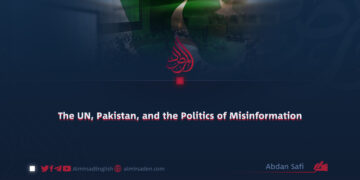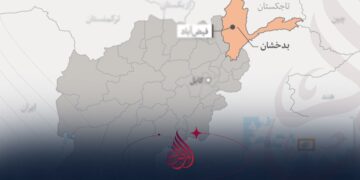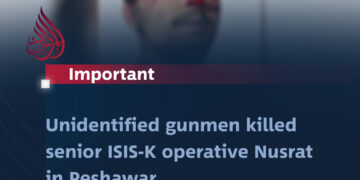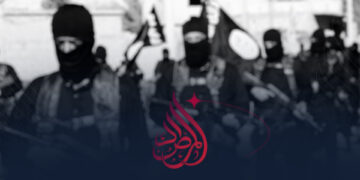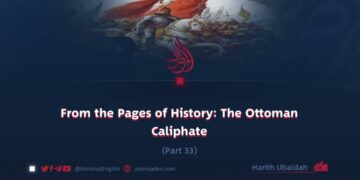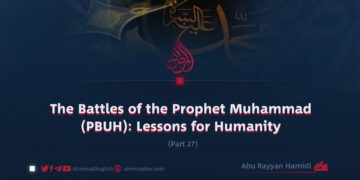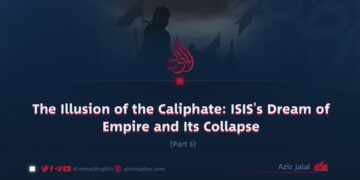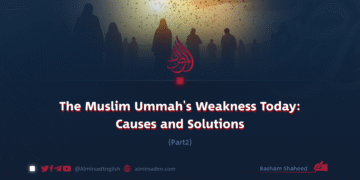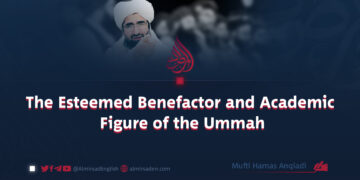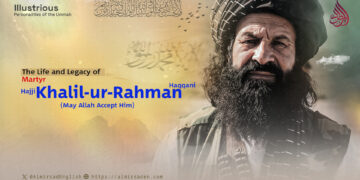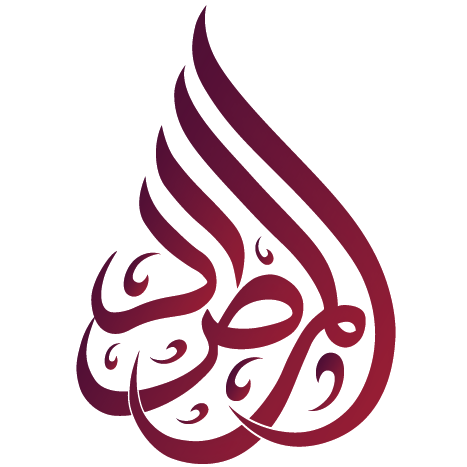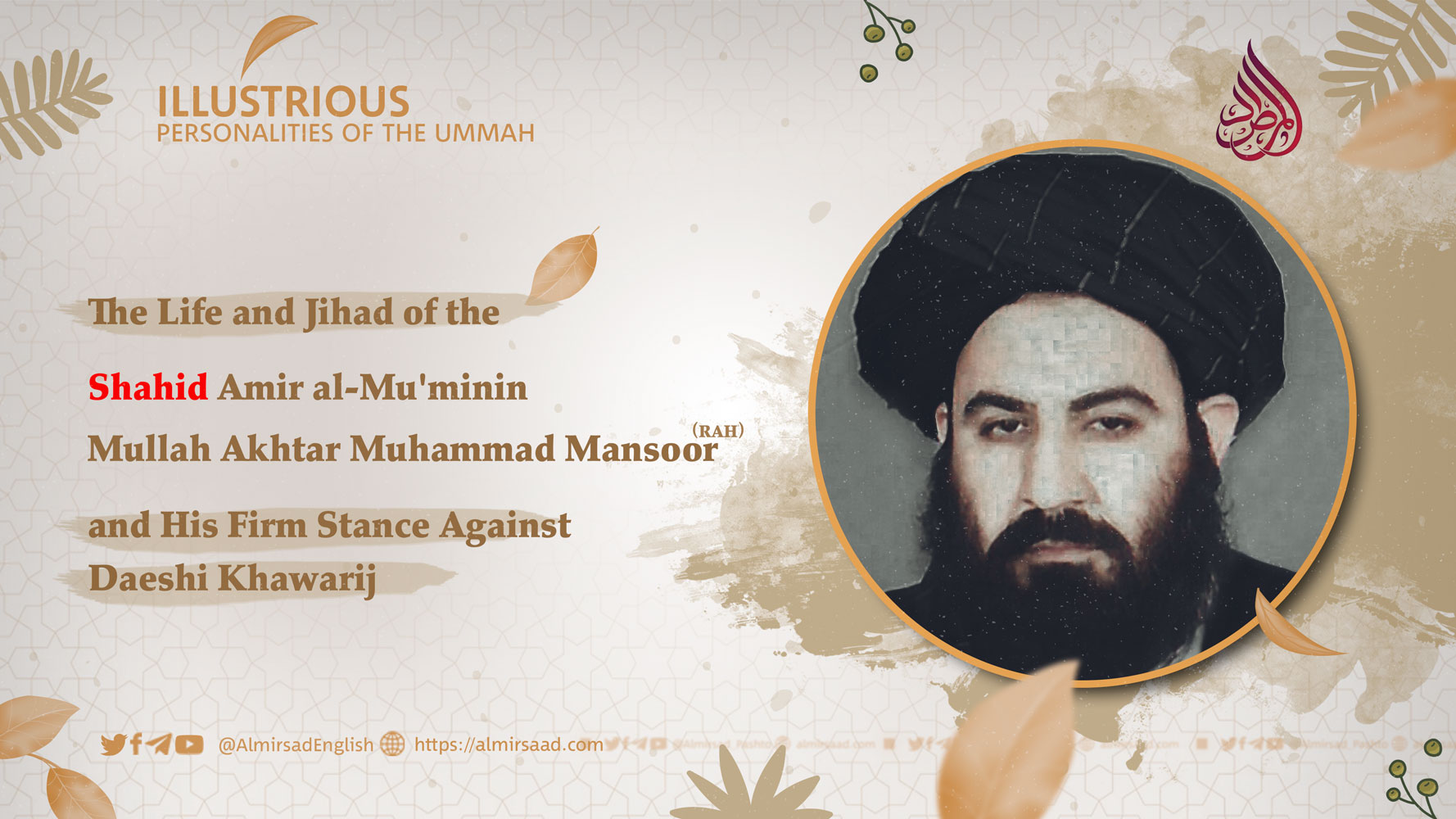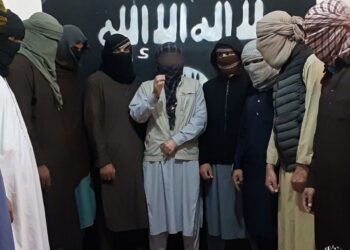Among the distinguished students of the esteemed Umari Madrasa was the second appointed leader of the Islamic Emirate (IEA), the martyred Amir al-Mu’minin Mullah Akhtar Muhammad Mansoor (may Allah accept him). During the lifetime of the revered Amir al-Mu’minin Mullah Muhammad Omar Mujahid (RAH), Mullah Mansoor (RAH) had already begun managing the affairs of the Islamic Emirate (IEA). After the official announcement of Mullah Omar Mujahid’s passing, he was chosen by the Ahl al-hall wa’l-‘aqd (the IEA’s consultative council), respected scholars, prominent jihadist commanders, and prominent national figures as the new leader. Until his martyrdom, he fulfilled this momentous responsibility with sincerity, foresight, and unwavering determination.
What follows is a brief overview of his life, achievements, and resolute struggle against the Daeshi Khawarij.
Birth and Early Life
Mullah Akhtar Muhammad Mansoor (may Allah accept him), the son of Al-Haj Muhammad Jan, was born in 1347 A.H. (1968 CE) in Band-i-Timur village, Maiwand district, Kandahar province. His family was renowned for its religious devotion and scholarly inclinations. His noble father, a devout lover of Islamic sciences, prioritized his son’s religious upbringing from an early age.
Religious Education
At the age of seven, Mullah Mansoor (may Allah have mercy on him) began both primary school and mosque-based religious education under his father’s supervision. From early childhood, his intelligence, spiritual insight, and eagerness to learn were evident. He studied under his father and received dedicated attention from his teachers.
Due to the war, his family migrated to the Girdi Jangal refugee camp in Balochistan, where he continued his studies. He then studied in Panjpai area and later moved to Quetta, where he attended a madrasa in the Abdullah Khan Karez area. Eventually, he relocated to Peshawar and pursued higher Islamic studies in Kacha Gari and Jalozai camps, completing the foundational stages of religious education.
While he was studying, Afghanistan had fallen into the grip of communist rule, prompting the Afghan people to launch an Islamic uprising.
Participation in Jihad and Political Struggle
After the Soviet invasion in 1978, the Afghan mujahideen initiated a widespread armed resistance. At the age of 18, Mullah Mansoor (may Allah accept him) joined the jihad, fighting against both Soviet occupiers and their communist allies in defense of Islam and Afghanistan.
He alternated between jihad and studies throughout the year. In 1985, he joined the front of the renowned Kandahari commander, the martyred Qari Azizullah, and fought under the supervision of the celebrated jihad leader Al-Haj Mullah Muhammad Hasan Akhund in the Pashmul area of Panjwai district.
Mullah Mansoor (may Allah accept him) participated in numerous military operations. In one such mission in 1978 against a Soviet stronghold in Kandahar, he sustained thirteen injuries but survived by the mercy of Allah. In May 1997, during the Islamic Emirate’s rule, he was wounded again at Mazar-e-Sharif airport and captured by the opposition while still injured.
Joining the Taliban Islamic Movement
After the collapse of the communist regime and the onset of civil war in 1992, Mullah Mansoor (may Allah accept him), like many sincere mujahideen, disassociated himself from the power struggles and turned to educational and reformative work.
In 1415 A.H. (1994 CE), when Mullah Muhammad Omar Mujahid (RAH) founded the Taliban Islamic Movement, Mullah Mansoor was studying in the Aminiya Madrasa of the Jalozai camp in Peshawar under the tutelage of Sheikh al-Hadith Maulawi Shahabuddin Delawar and the respected scholar Sayyid Quraish Baba. Many other committed students were with him at that time.
Upon hearing about the Taliban’s emergence, they sent representatives to Kandahar for verification. The envoys returned fully convinced that this was a genuine Islamic movement of Taliban and mujahideen. Mullah Mansoor and his companions then traveled to Boldak. That very night, the Taliban had captured Takhta Pul and were marching toward Kandahar. In Boldak, his group selected Mullah Mansoor as their leader, and under his leadership, they formally joined the Islamic Movement.
Appointment as Amir al-Mu’minin
On the 14th of Shawwal 1436 A.H. (30th July 2015), following the official announcement of the passing of Amir al-Mu’minin Mullah Muhammad Omar Mujahid (RAH), the Leadership Council of the IEA, along with senior scholars and military commanders—recognized as Ahl al-Hall wal-Aqd—convened. After detailed consultations, and in Mullah Mansoor’s absence, he was unanimously appointed as the new Amir of the IEA, and all present pledged allegiance to him.
Jihad Against American Occupation
Following the American invasion on October 7, 2001, Mullah Mansoor (RAH) launched a fresh phase of armed jihad. He played a central role in organizing resistance in the southern provinces, particularly around Kandahar airport, where he personally led combat operations against U.S. forces and their Afghan proxies.
Among his major achievements were the two successful jailbreaks in Kandahar in 2003 and 2008, which freed over 1,500 imprisoned mujahideen. These daring operations shook the occupiers and boosted the morale of the resistance.
Initiating Dialogue with Daesh
In 2015, when Daesh announced the establishment of its so-called “Khorasan Province,” Mullah Mansoor (RAH) took initiative to avoid division within the global jihadist ranks. He sent a letter to Abu Bakr al-Baghdadi, urging him to respect the existing Islamic Emirate’s leadership in Afghanistan and refrain from sowing discord. He warned that such division would only benefit the enemies of Islam.
Decisive Stance Against the Khawarij
Despite Martyr Mullah Mansoor Sahib’s conciliatory efforts, Daesh continued its aggressive expansion in eastern Afghanistan, attacking Taliban positions and murdering innocent civilians. Recognizing the threat posed by this extremist group, the Islamic Emirate under Mullah Mansoor declared jihad against them.
Specialized units were formed to combat Daesh in Nangarhar province, leading to the destruction of several of their key strongholds. Many Daesh fighters, disillusioned with the group’s extremist ideology and tactics, defected and pledged allegiance to the Islamic Emirate, acknowledging its legitimate leadership and Islamic objectives.
Leadership Characteristics
– Commitment to Unity: Mullah Mansoor worked tirelessly to unite various commanders and factions under one banner, fostering a disciplined and coordinated movement.
– Balance Between Diplomacy and Warfare: While open to negotiations that served Islamic interests, he never compromised on the principles of jihad or Islamic governance.
– Resolute Opposition to Extremism: His firm stance against the Daeshi Khawarij preserved the unity and ideological purity of the Islamic Emirate.
Martyrdom
On May 21, 2016, Mullah Akhtar Muhammad Mansoor (RAH) was targeted and martyred in a U.S. drone strike. His martyrdom marked the end of a life dedicated to the defense of Islam, jihad against invaders, and unification of the Muslim Ummah. May Allah accept him among the righteous martyrs.



